Learn more about each instrument
-
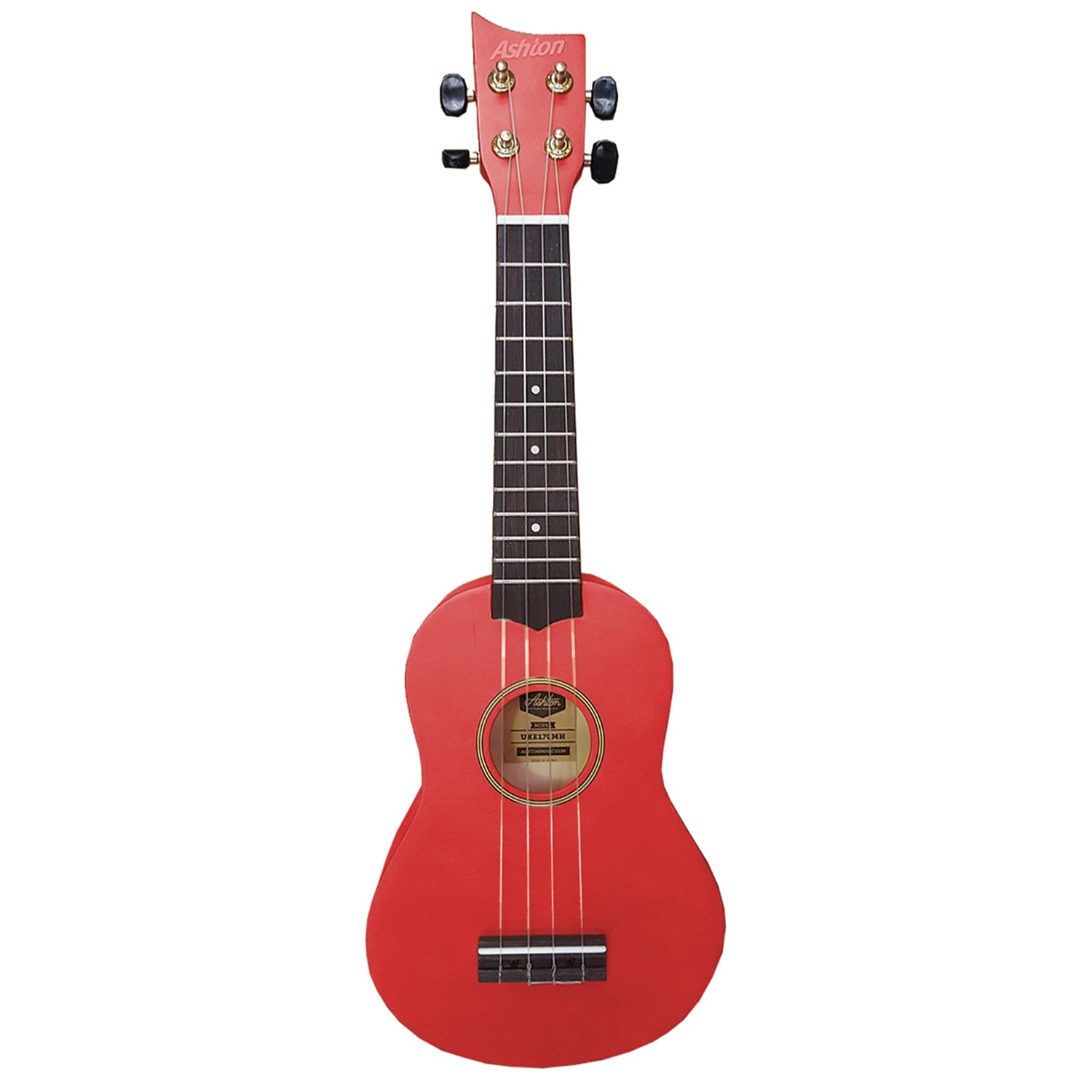
Ukulele
View in storeThis is the easiest and most fun instrument to learn. It is small, light, cheap and is quite simple to make chords on. FUN FACT: the first chord only requires 1 finger! There are only 4 strings so it is relatively simple to keep in tune, and it is almost impossible to play a sad song on the ukulele. It comes in many fun shapes and colours, and a good entry level one is around the $70 mark. We recommend that children between the age of 5 - 7 learn the ukulele as a stepping stone instrument to the guitar. Students that have learnt the ukulele and go onto guitar are almost always at the top of their ability in their guitar class.
It can be played as a solo instrument but ukulele ensembles are also very popular.
-
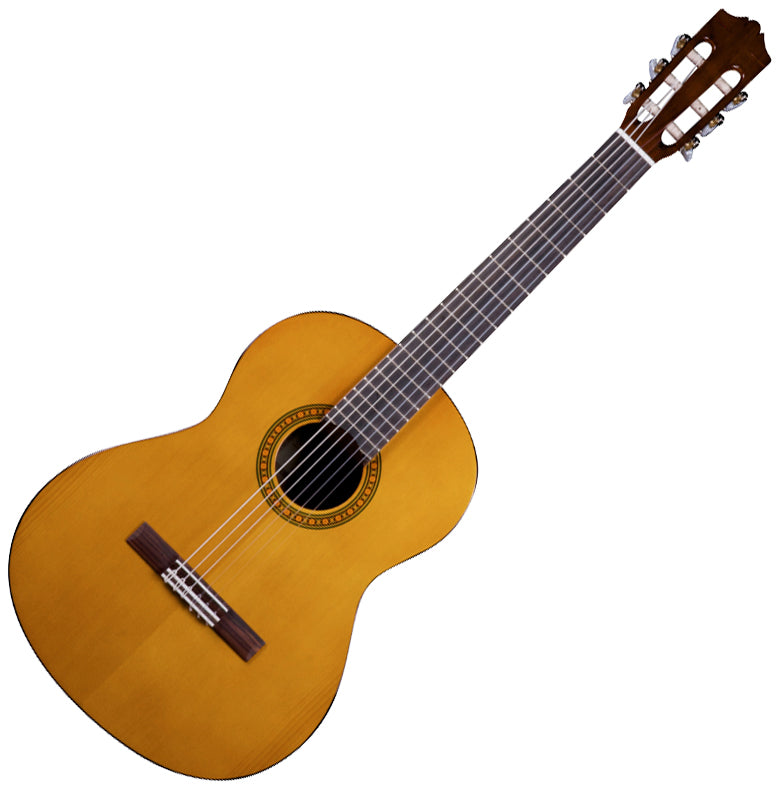
Guitar
View in storeA great social instrument, it uses similar chord shapes and motor skills as the ukulele, but because it has 6 strings, it has more volume and a larger range of chord patterns. They are lightweight, come in 1/2, 3/4 and full sized versions, so there is one suitable for everyone. We start all our students on the classical guitar, they are quick and easy to learn and children will be playing songs within the first 2-3 weeks. Because it uses a combination of steel and nylon strings it stays in tune longer, is easier on the fingers and is cheaper than a steel string. Expect to pay $150-300 with a wide variety of colours and designs available.
It can often be played as a solo instrument, or as part of a band. It is a very versatile instrument and can be heard in jazz, blues, rock and even pop music.
-
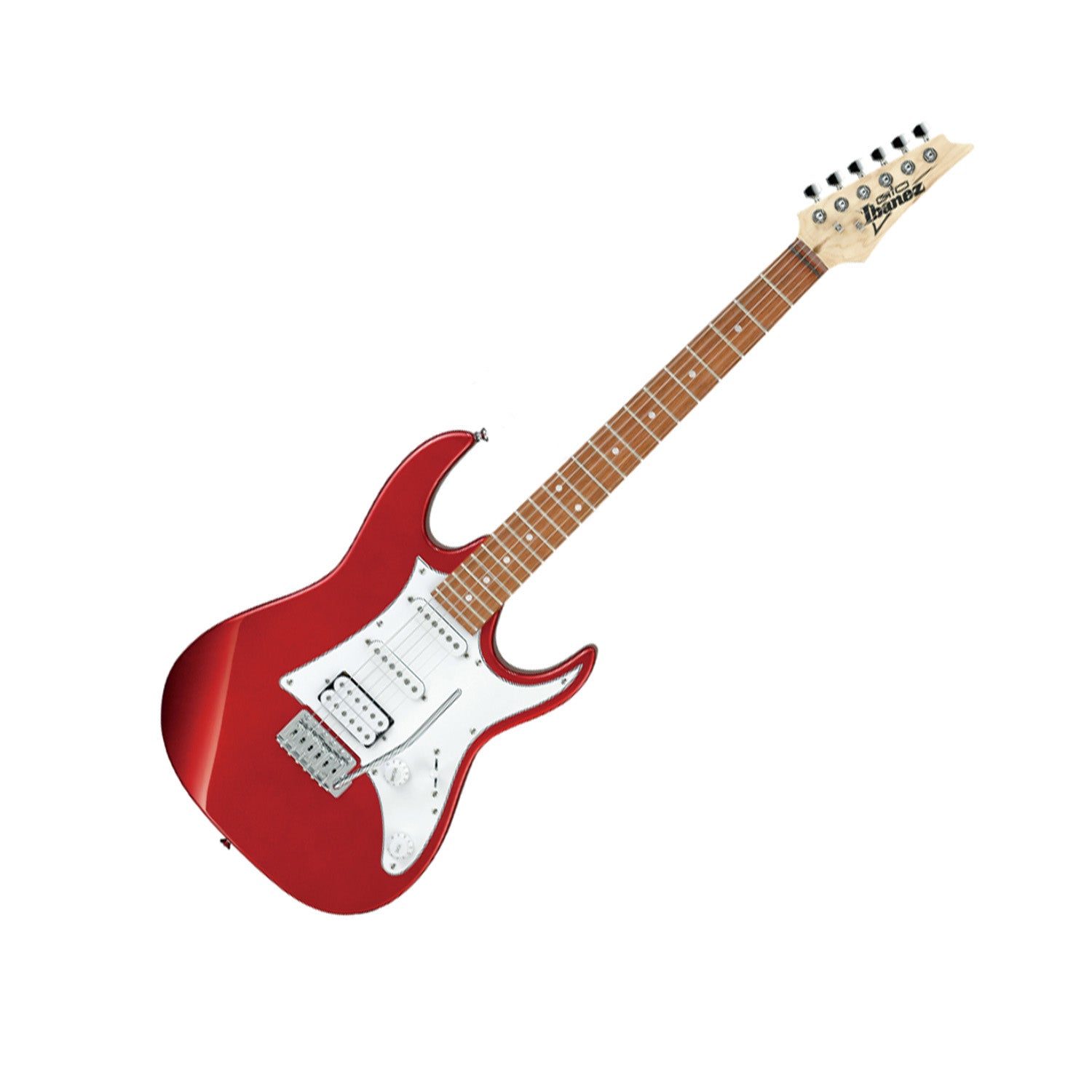
Electric Guitar
View in storeThe goal of nearly every student in guitar class is to play the electric guitar. Use this as a motivational goal to drive practice. Most students need 2 years of playing the classical guitar before they are ready to move onto electric guitar. You will need an amplifier, a practice amp is an excellent first step, they are small, relatively cheap ($100-200) and usually have some built in effects and a headphone port (very important). Electric guitars range from $500 to $5,000. A half-decent one will set you back $800-$1,500. By this time, if your child has shown dedication and progress, a good guitar is an excellent reward. A good rule of thumb is to spend at least 3 times more on guitar than the amp. Don’t buy a cheap electric guitar; it won’t stay in tune, will be heavier, and harder to play. A good electric guitar will stay in the family for a long time. Electric guitar is hands down some of the most fun they will ever have and sets them up perfectly to join or form a band.
-
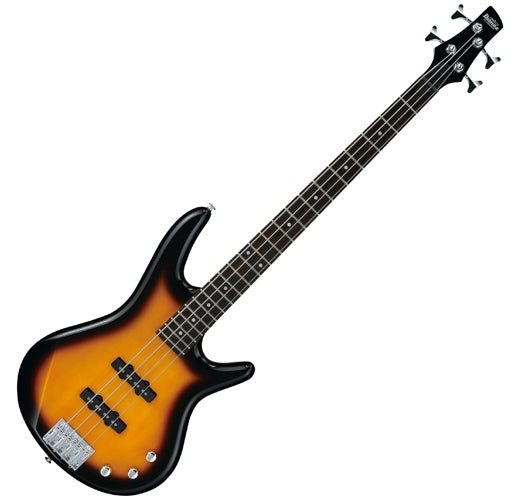
Bass
View in storeOften cited as the coolest instrument on stage, the bass and the drums are the “engine room” of a band. The bass sets the groove and the sound waves travel through most materials (that’s why you can place your home theatre sub-woofer behind the couch). The bass has 4 very thick strings and a long neck, watch out for this when you are sizing up your child - make sure they can reach the end of the neck! The strings are the same notes as the bottom 4 on the guitar, except they are much lower notes. This means it is quite easy to change between guitar and bass. Bass students need to learn to read music and/or tab as they play more individual notes than guitarists learning chords. You will need a bass amp, you can get bass practice amps but the speaker needs to be a little bigger to produce the bass notes. Bass guitars cost $400 upwards and a half decent bass amp about $200. There are some good beginner packages becoming available - try to get a lighter weight bass if possible.
-
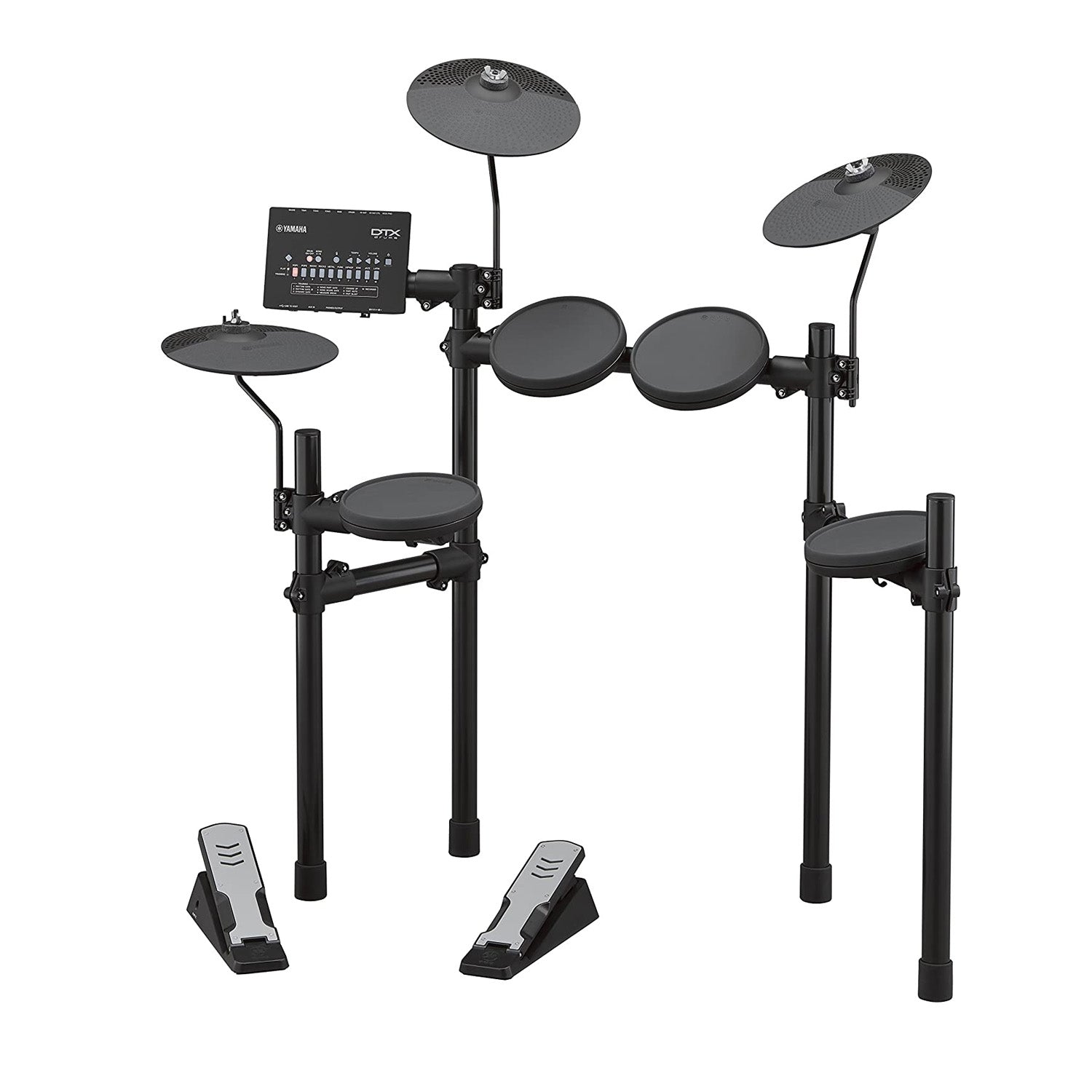
Drums
View in storeThe loudest and most physically rewarding instrument to play. You need to determine if your child has a sense of rhythm before buying a drum kit. They can usually start with a set of sticks and a practice pad for the first term. Electronic drum kits are much quieter, lighter and cost about $800-1,500. They can use an amplifier or headphones and quite often have different sounding kits via the sound module. Acoustic drum kits cost between $500-1,500 for a beginner kit, the cheaper option being second hand. To lower the volume of an acoustic drum kit, you can put foam pads and tea towels on the snare and toms, and pillows in the bass drum. Some parents give their children earmuffs to wear if they are being particularly noisy. They can also use different types of drum sticks to lower the volume, brushes and canes being the most popular. You can start with a jazz kit (5 pieces) and eventually work up to an 8-10 piece kit. Spend more on the snare, hi hat and bass pedal to begin with and less on the cymbals.
-
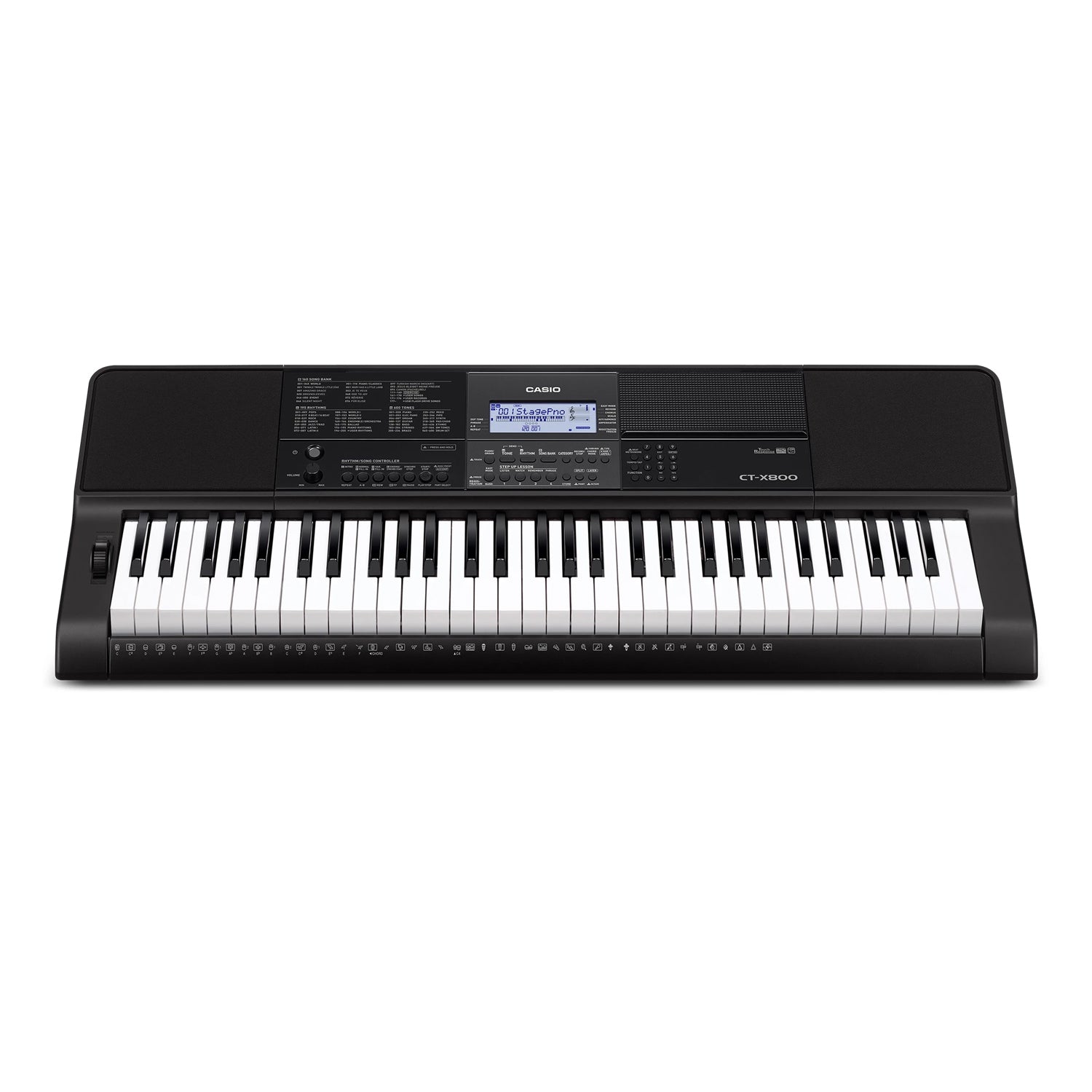
Keyboards
View in storeA good alternative to buying a full piano is an electronic keyboard. Make sure you go for a weighted keyboard as this is the closest to a proper piano keyboard action. Spend at least 20% of your budget on a good piano stool and keyboard stand so that proper posture can be attained. This will allow longer and more enjoyable practice sessions. Some keyboards have a set of built in speakers, if they don’t you’ll also need a keyboard amp or headphones. You can add the amp later as a reward for progress. Look for a keyboard that has a decent piano sound, a good blues organ sound and a lush strings/pad sound. These 3 are the most useful in a band situation and for learning with. A full sized keyboard has 88 keys, although 49, 61 or 76 are fine to start out with.
-
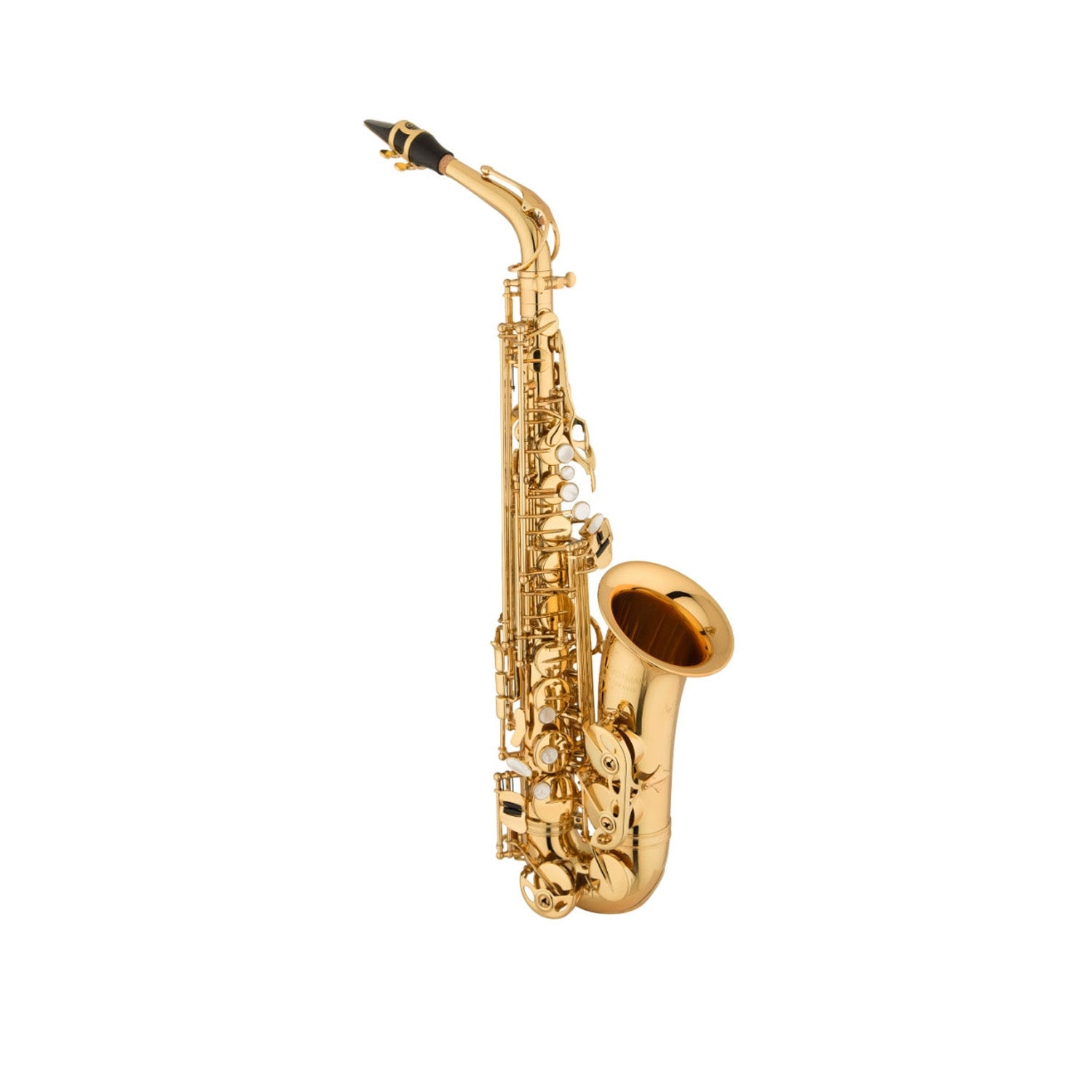
Alto Saxophone
View in storeThe alto saxophone belongs to the woodwind family and it was invented by a Belgian instrument designer (his name was Adolphe Sax!) in 1841. It is smaller than a tenor saxophone but larger than a soprano, and it is the type most used in classical compositions. It can be commonly heard in jazz, classical and marching band music. In the Simpsons, you may spot Lisa playing her alto saxophone!
-
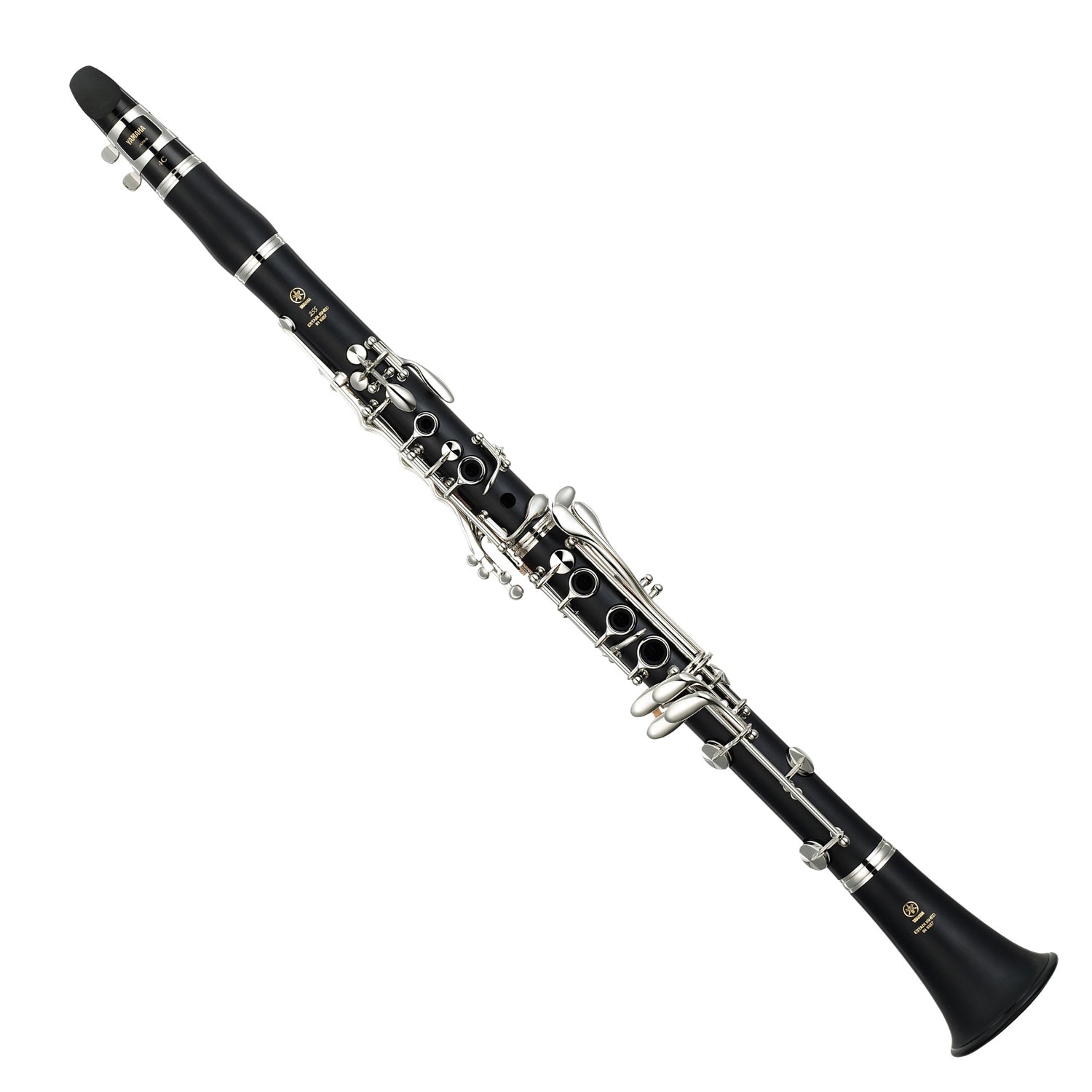
Clarinet
View in storeThe soprano clarinet uses a single reed to create sound and pitch is changed by pressing keys and covering holes with your fingers. When its 5 parts are broken down the clarinet fits into a small protective case and is easily carried. Playing the clarinet will help develop breath and tongue control as well as finger dexterity which can be transferred throughout other woodwind instruments.
The clarinet was representing the cat in ‘Peter and the Wolf', with its smooth flexible tones and ability to play a large range of notes with speed and dexterity. It also invokes a large array of emotions and is used in many movie soundtracks either as a solo instrument or accompanying an orchestra. It features heavily throughout the history of jazz, making use of its ability to soar above other instruments with volume, pitch and ability to express notes like someone singing.
Hear George Gershwin’s opening in ‘Rhapsody in Blue’ with solo clarinet and you’ll be listening to some of the most famous bars of music from the 20th century. The Beatles use of clarinet in ‘When I’m 64’ provides a completely different side to the clarinet.
-
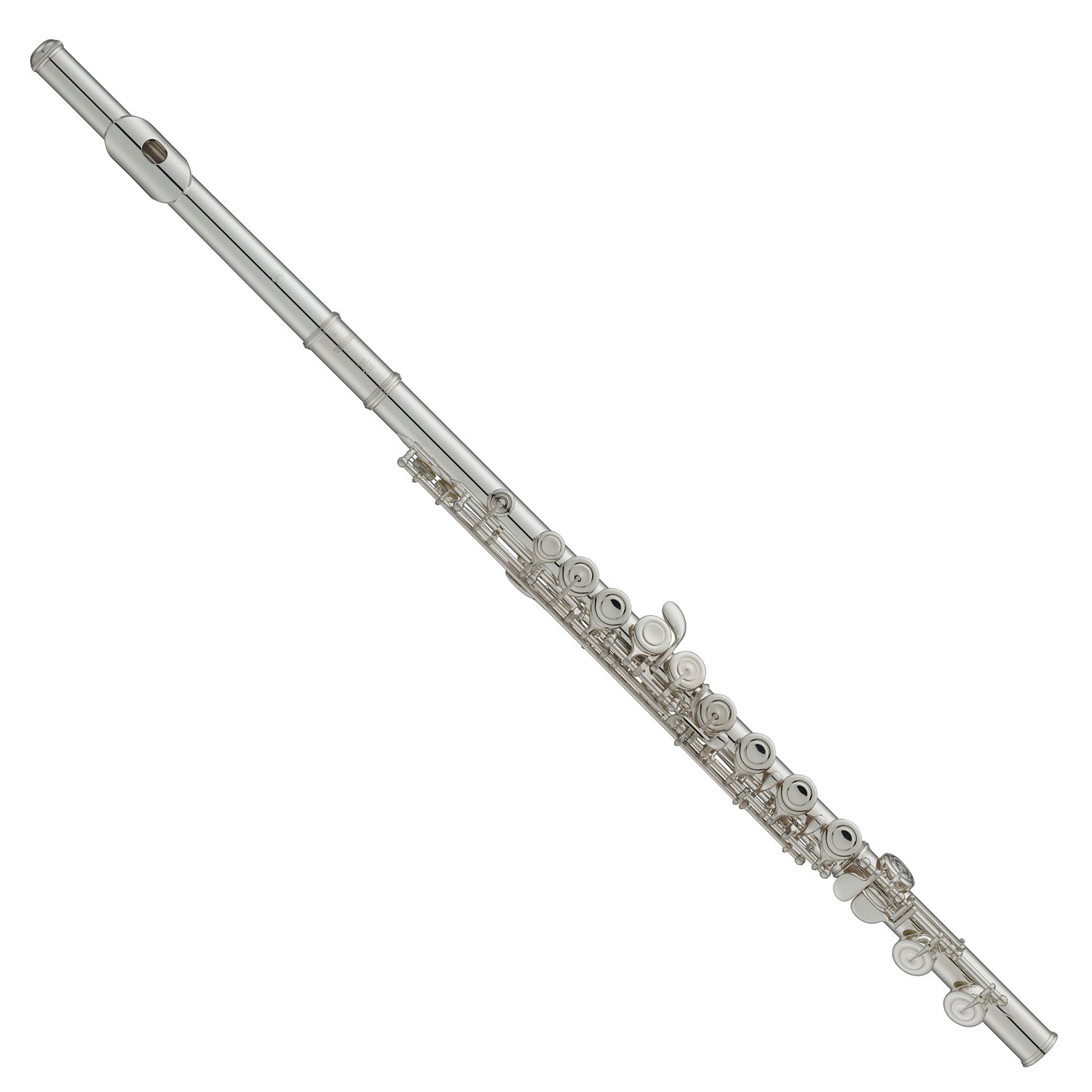
Flute
View in storeThe concert flute is the most commonly used flute but is one of many in a family that range from the very small and high pitched to the very large and low sounding.
Sound is produced by blowing across a sound hole with keys that cover holes in the flute to change pitch, similarly to other members of the woodwind family of instruments.
The flute is also a light and very portable instrument in its small case and is easily maintained.
In Sergei Prokofiev's Peter and the Wolf the flute was used to represent the bird, with its higher pitch, sweet expressive tones and ability to play fast, agile melodies not unlike a human voice.
You'll hear the flute as part of an orchestra's rich sound, or as a solo instrument and flute
ensemble. Listen to James Galway play Claude Debussy's 'Syrinx' or 'The Pink Panther', the band Jethro Tull play 'Locomotive Breath' or many of Lizzo's hits and appreciate the versatility of the flute.
-
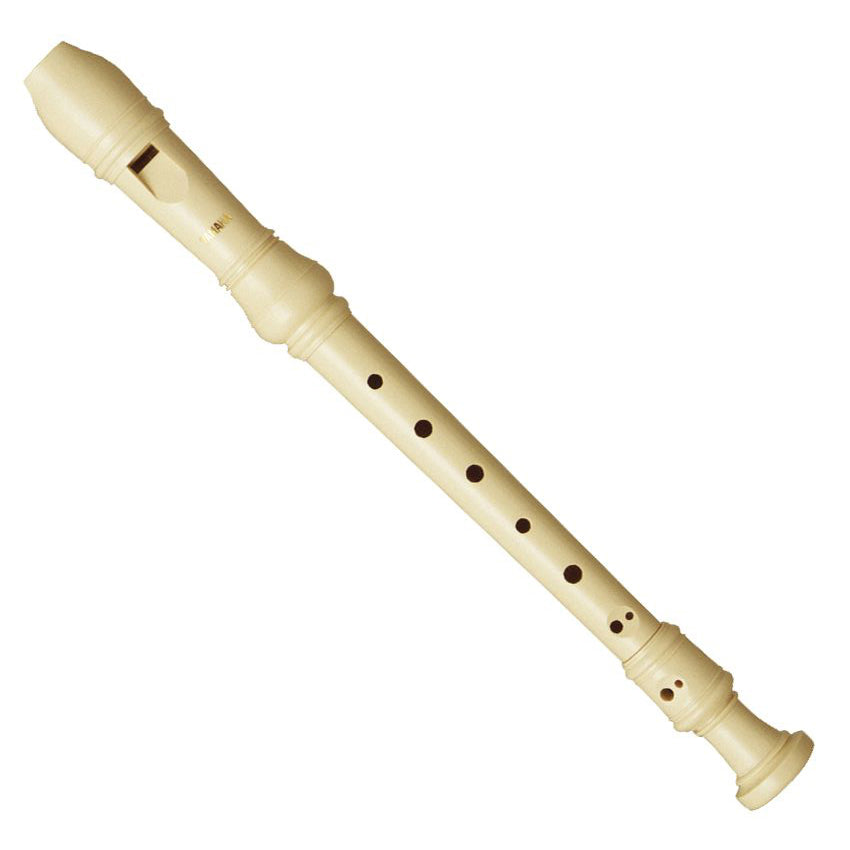
Recorder
View in storeThe recorder is a woodwind instrument that has seven holes. It was originally popular in medieval times through the baroque era. It regained its popularity in the 20th century, mainly because it was appealing to beginners who wanted to learn how to play a musical instrument.
The recorder can be heard in popular music, including songs by The Beatles, the Rolling Stones and Led Zeppelin. It is also useful for reenacting historical moments, as it is very suitable for playing Baroque and Medieval scores.
-
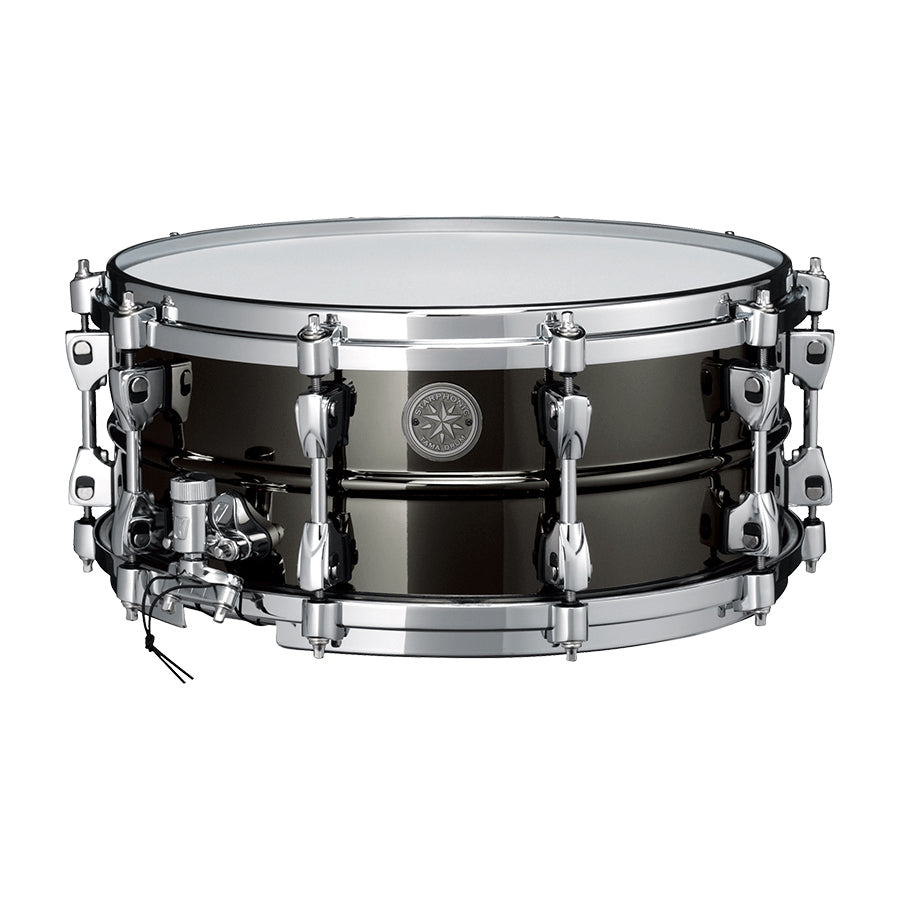
Snare Drum
The perfect way to start the journey of a young drummer, or build a strong sense of rhythm for any musician. Allowing a focused approach, a snare drum student will be able to hone hand technique with their drum sticks, read rhythms and refine their drumming rudiments.
Most known for its key role in a drum set throughout most musical genres, the snare drum is also a focal point in any drumline, marching or military band, parades and plays a part in orchestra’s. Did you know the term ‘snare’ refers to the wire underneath the snare drum which rattle with the strike of the drum to give it that familiar loud, “snap” like sound.
Listen to John Philip Sousa’s ‘Semper Fidelis’ or simply take notice the next time you see the ‘20th Century Fox’ opening title for a movie and you will hear the snare drum take centre stage. -
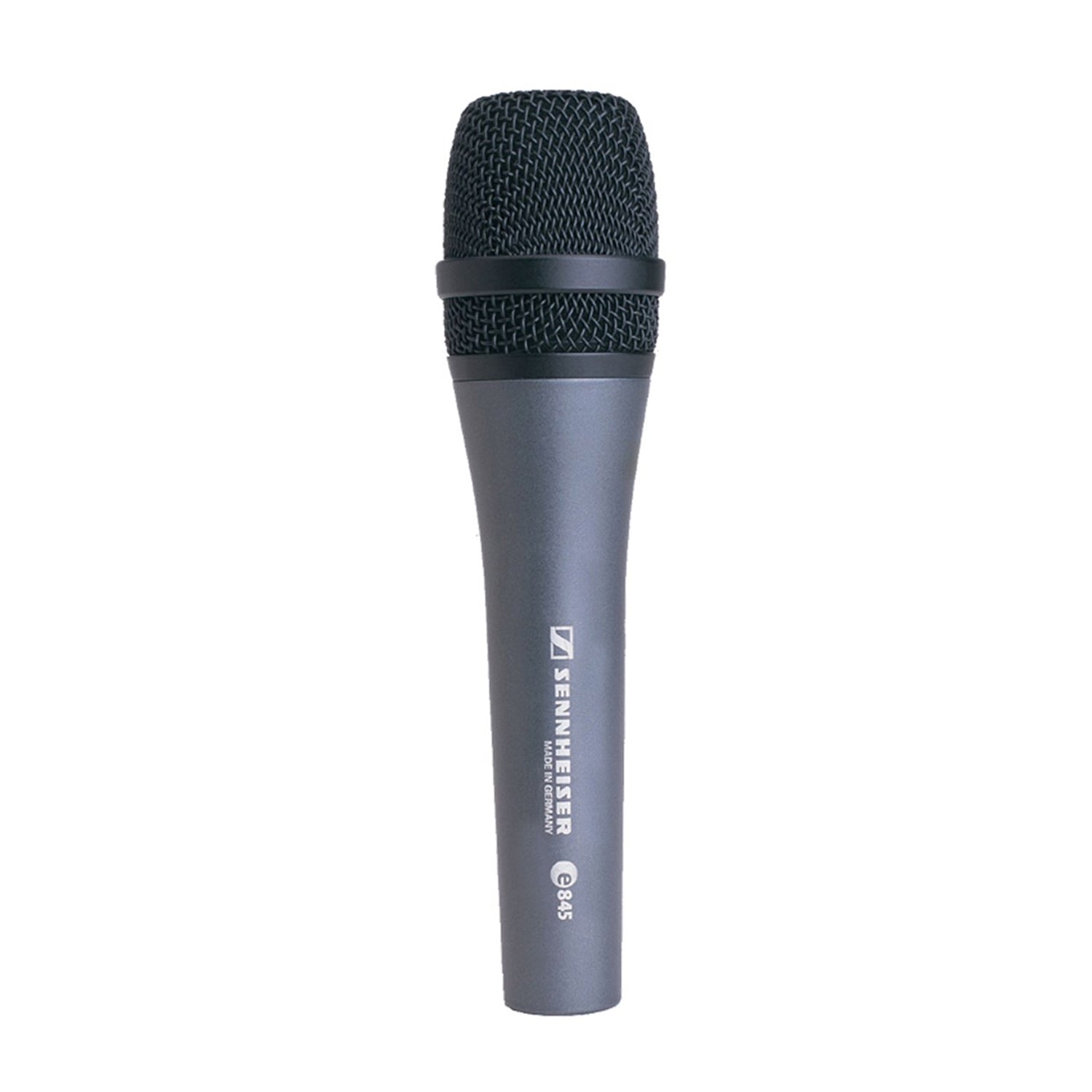
Singing
Singing is such a powerful instrument, an instinct that we all let wash over us at times.
To sing is to command the stage, tell a story and hold people in the moment.
Lessons in singing will provide a deeper understanding of music, a sense of fulfilment and connection with others. Learn to harness your voice through proper technique, breathing, pitch control and harmony.
Whether you’re in a group, choir or band, singing can help with confidence, improve health and impress your friends.
-
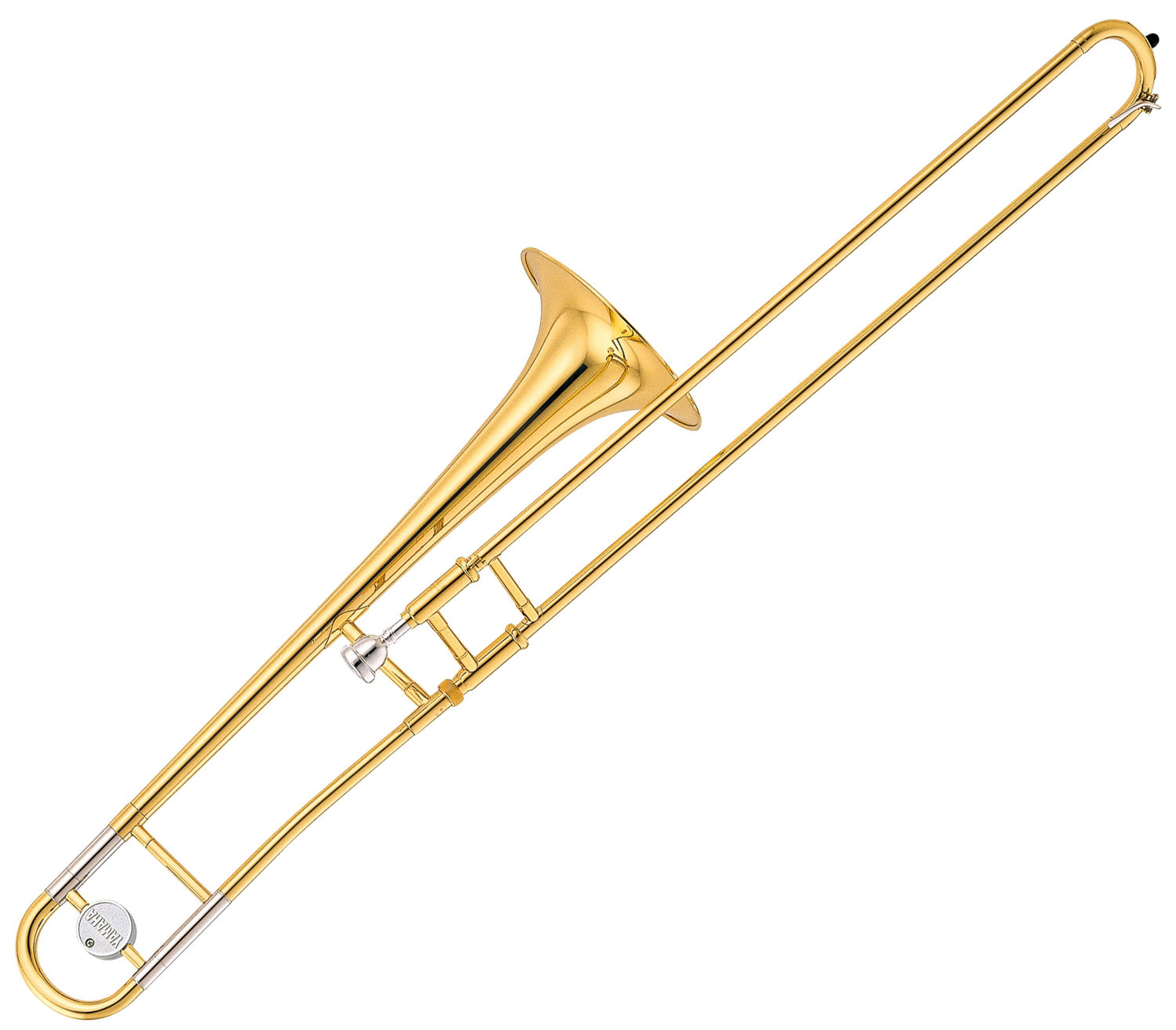
Trombone
View in storeThe trombone has a unique place in its brass family with its familiar larger size and a slide control that moves back and forth to change pitch. This slide lengthens and shortens the brass tubing you are blowing through, and along with subtle embouchure or mouth movements allow for a continuous change in pitch, a unique trait amongst instruments.
The trombone has often been described as having a human voice like quality because of its range and ability to bend notes. In the comic cartoon ‘Peanuts’, Charlie Brown's teacher was voiced with a cupped trombone.
Because of its size and the way it is held the trombone requires the development of endurance with breathing, posture and musculature around your mouth. It is usually broken down into 3 parts when stored in its case and requires some regular attention with maintaining its smooth gliding parts with special oil or grease.
A trombonist usually reads music in the bass clef as opposed to the more common treble clef but will easily be heard amongst an ensemble or orchestra and recognised with its warm, rich sound and unique articulation of notes with it’s sliding or glissando abilities.
The trombone is very flexible when it comes to musical genres, listen to Disney’s ‘The Mandalorian’ theme and you’ll hear a trombone take centre stage with the lead melody.
Check out Trombone Shorty, bringing the trombone into the spotlight with his modern New Orleans style music and hip hop. Trombonist Glen Miller wrote and played in some of the biggest songs from the first half of the 20th century and Fred Wesley was the centrepiece of James Brown's horn section in the latter half -
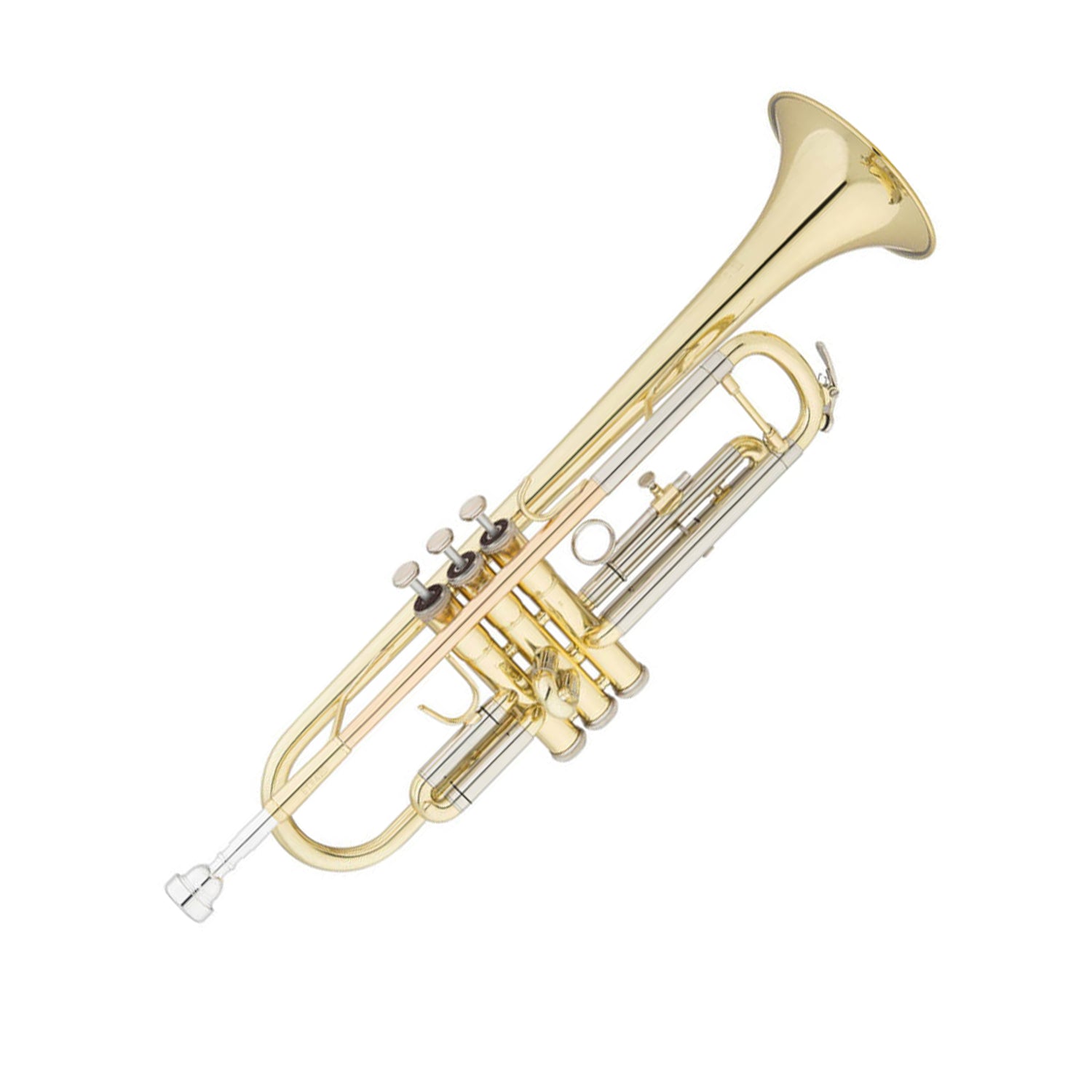
Trumpet
View in storeDespite only having 3 buttons the trumpet has a full range of notes spanning three octaves or more. Sound is produced by 'buzzing' your lips against a mouthpiece while pitch is changed by a slight lip motion and pressing valves, altering the distance your breath is travelling within the trumpet. On certain notes you're blowing through over 2 metres of brass tubing.
Playing the trumpet will improve awareness and coordination of your breathing and facial muscles,while being able to draw from a wide range of musical genres to learn from. There are many members of the brass family, using similar methods to play, trumpet being the most entwined within musical history.
Listen to Miles Davis' cool muted sounds or Dizzy Gillespie's incredible virtuosity which helped propel jazz music in the 20th century. Paul Simon's hit ' You can call me Al' is a fantastic way to hear trumpet amongst other brass and woodwind instruments.














